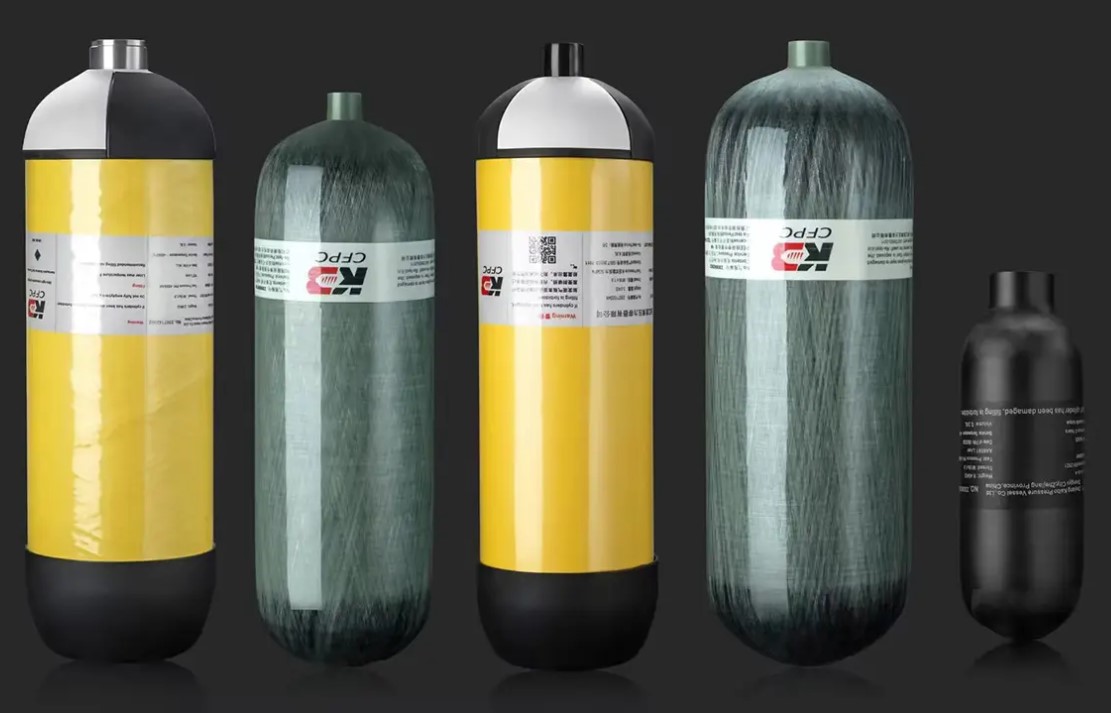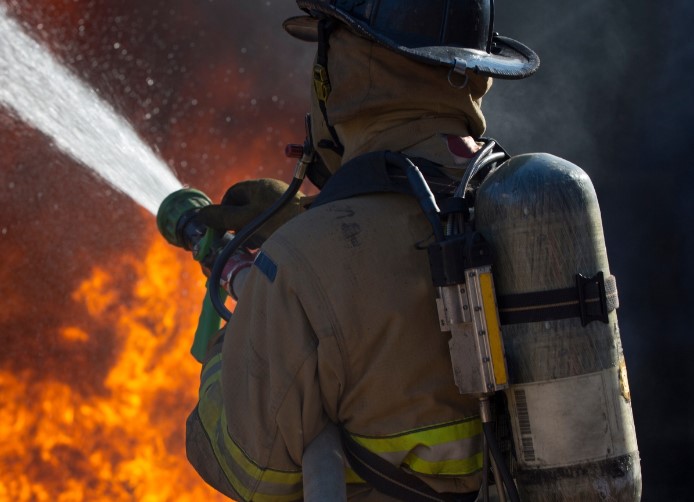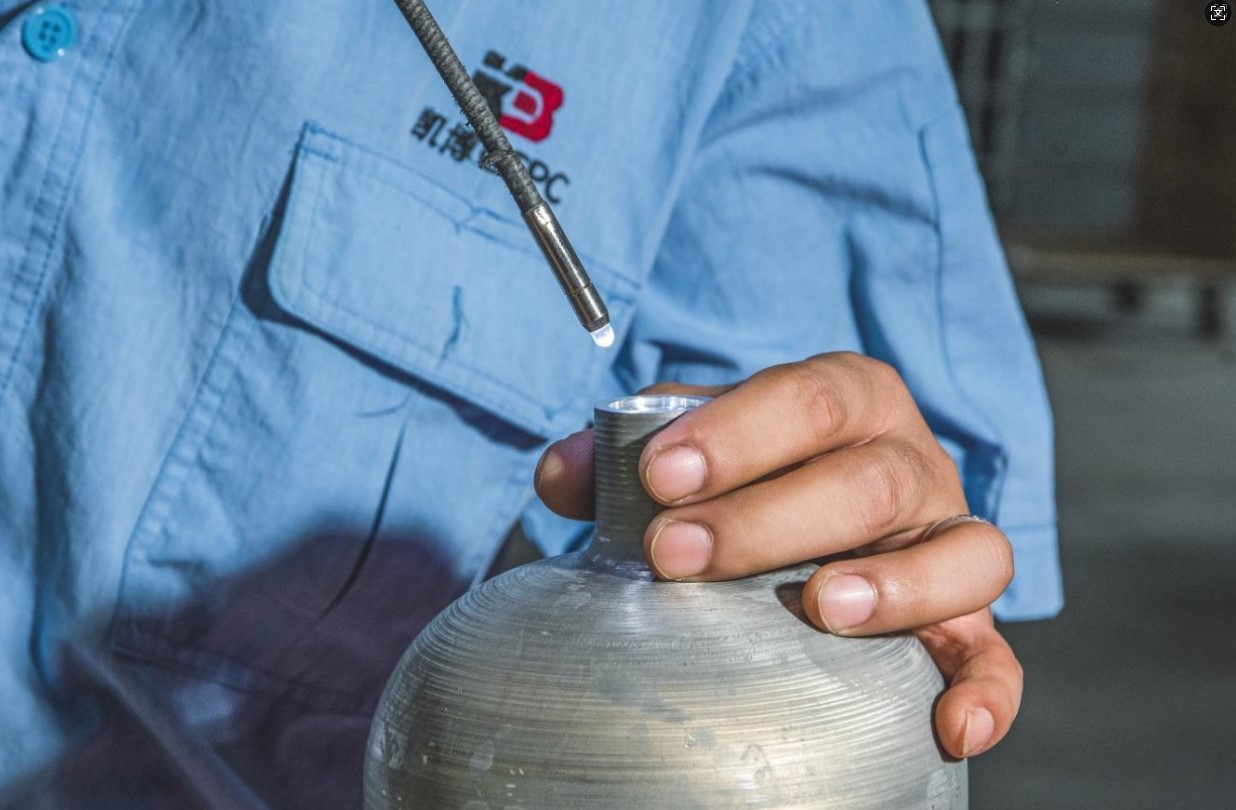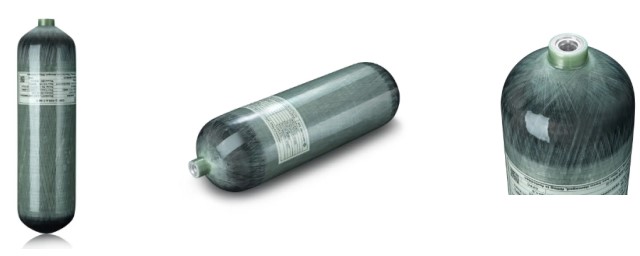Introduction
High-pressure gas storage is widely used across many fields, including medical, industrial, emergency response, sports, and transportation. Traditionally, steel tanks have served as the main solution for these needs. However, in recent years, carbon fiber composite tanks have gained more attention due to their lightweight and high-strength properties. This article explains the differences between carbon fiber tanks and steel tanks, their advantages, current use cases, and how to properly maintain carbon fiber tanks.
Structural and Material Differences
Steel Tanks: Steel tanks are made entirely from metal, usually seamless steel. They are known for their durability, ability to handle high pressure, and resistance to mechanical damage. However, they are also heavy, prone to corrosion, and require more effort to move and handle.
Carbon Fiber Tanks: Carbon fiber tanks, also known as composite cylinders, are typically made by wrapping layers of carbon fiber over an inner liner made of aluminum or plastic. The outer composite layers provide high strength while keeping the tank lightweight. These tanks are often used where portability, performance, and safety are important.
Key Advantages of Carbon Fiber Tanks Over Steel Tanks
- Weight Reduction: Carbon fiber tanks are significantly lighter than steel tanks—often by 50-70%. This makes them easier to carry and install, especially in mobile or personal applications like firefighting, SCUBA diving, and portable oxygen therapy.
- Corrosion Resistance: Steel tanks can rust over time, particularly in humid or marine environments. Carbon fiber composite tanks are resistant to corrosion, which helps improve their safety and longevity.
- Higher Working Pressure: Carbon fiber tanks can often store gas at higher pressures (up to 4500 psi or more), which means more gas can be stored in the same volume compared to steel tanks. This reduces refill frequency and improves operational efficiency.
- Improved Safety Features: Though both types can be safe, carbon fiber tanks are designed with safety in mind. Their multi-layer structure can better absorb impact energy, and in case of failure, they tend to rupture in a less dangerous manner compared to steel.
- Long-Term Cost Savings: Although carbon fiber tanks have a higher initial cost, their lighter weight, reduced corrosion risk, and long service life can result in lower operational and maintenance costs over time.
Current Use Cases and Adoption Trends
Carbon fiber tanks have been increasingly adopted in several industries:
- Firefighting and Emergency Response: SCBA (Self-Contained Breathing Apparatus) systems benefit from lightweight carbon fiber tanks, allowing responders to move quickly and safely.
- SCUBA Diving: Divers appreciate the reduced weight and increased gas volume, making their underwater experience safer and less tiring.
- Medical Applications: Portable oxygen therapy systems use carbon fiber tanks for patient comfort and extended use time.
- Paintball and Airsoft: Hobbyists and athletes prefer composite tanks for their lightweight design and improved capacity.
- Automotive and Hydrogen Fuel: Carbon fiber tanks are critical in hydrogen-powered vehicles for storing compressed hydrogen safely.
- Aerospace and Aviation: Weight is a critical factor in aviation, and carbon fiber tanks contribute to efficient gas storage with less mass.
Maintenance and Handling of Carbon Fiber Tanks
While carbon fiber tanks offer many benefits, they also require proper care and attention:
- Visual Inspections: Regularly inspect the surface for damage, cracks, deep scratches, or signs of delamination. Never use a damaged tank without professional assessment.
- Hydrostatic Testing: Like steel tanks, carbon fiber tanks must be tested periodically (typically every 3-5 years) to ensure they can safely hold pressure. This process checks for structural integrity.
- Avoid Harsh Impacts: Although carbon fiber tanks are strong, they can be damaged by sharp impacts or drops. Use protective sleeves or padding when storing or transporting them.
- Storage Conditions: Store tanks in a clean, dry environment away from direct sunlight and chemicals. Avoid extreme temperatures that could affect the composite material.
- Follow Manufacturer Guidelines: Always use and maintain the tank according to the manufacturer’s instructions. Different tanks may have specific requirements.
Conclusion
Carbon fiber composite tanks represent a major step forward in high-pressure gas storage technology. Compared to traditional steel tanks, they offer a range of benefits such as lower weight, higher pressure capacity, and improved corrosion resistance. These features make them especially suitable for fields where mobility, performance, and safety are critical. As adoption continues to grow in various sectors, understanding how to properly use and maintain these tanks will help ensure their safe and effective operation for years to come.
Post time: Apr-18-2025




